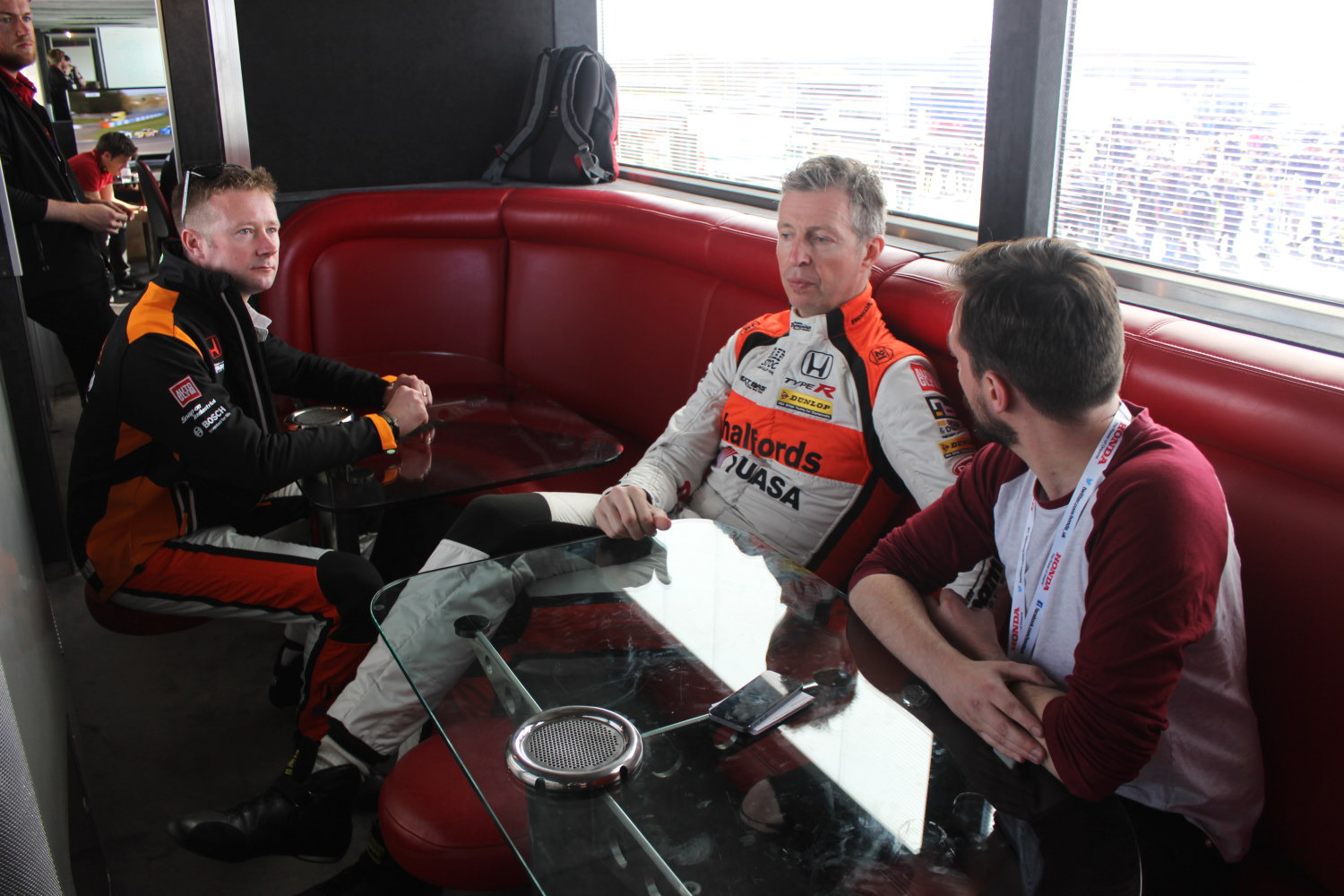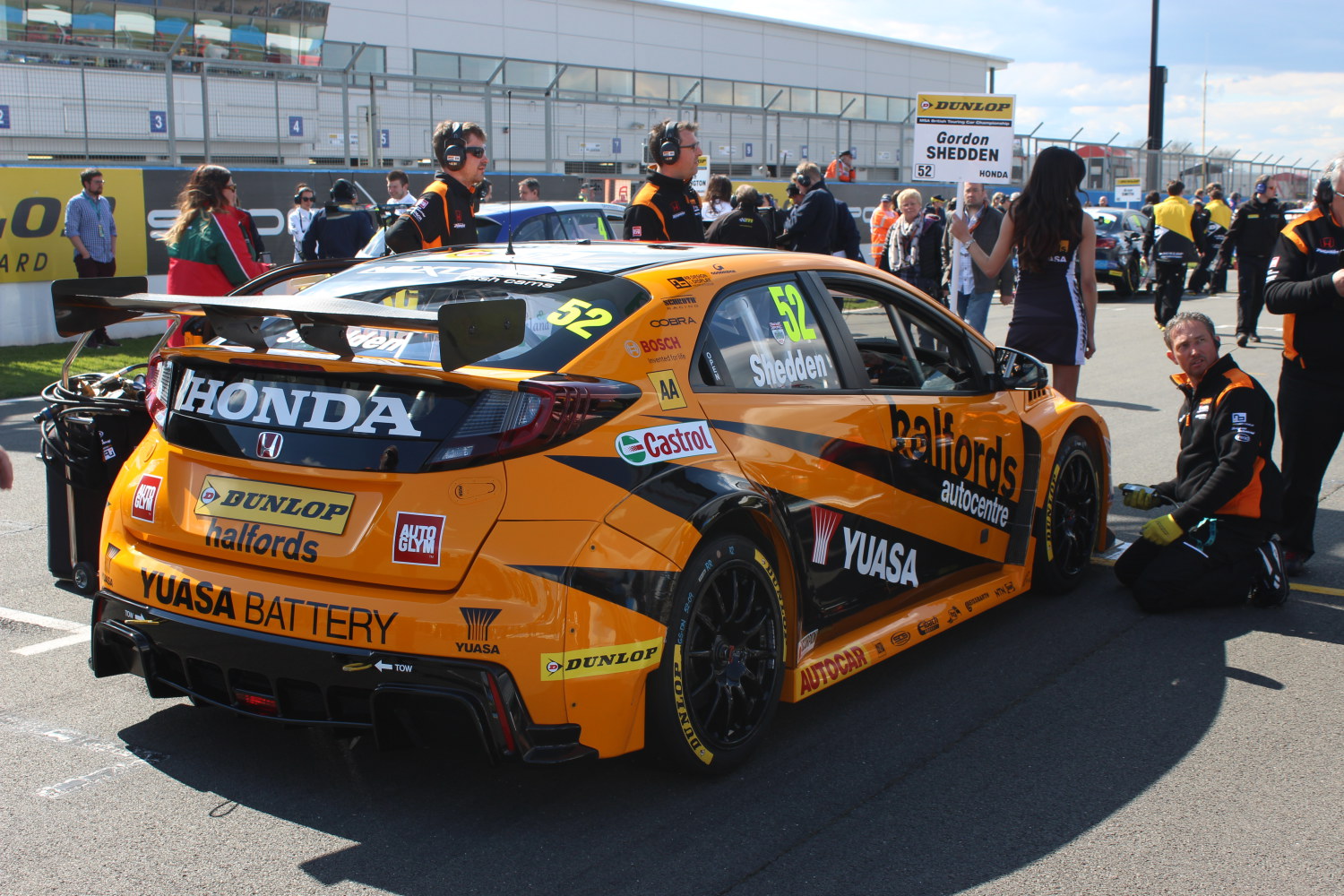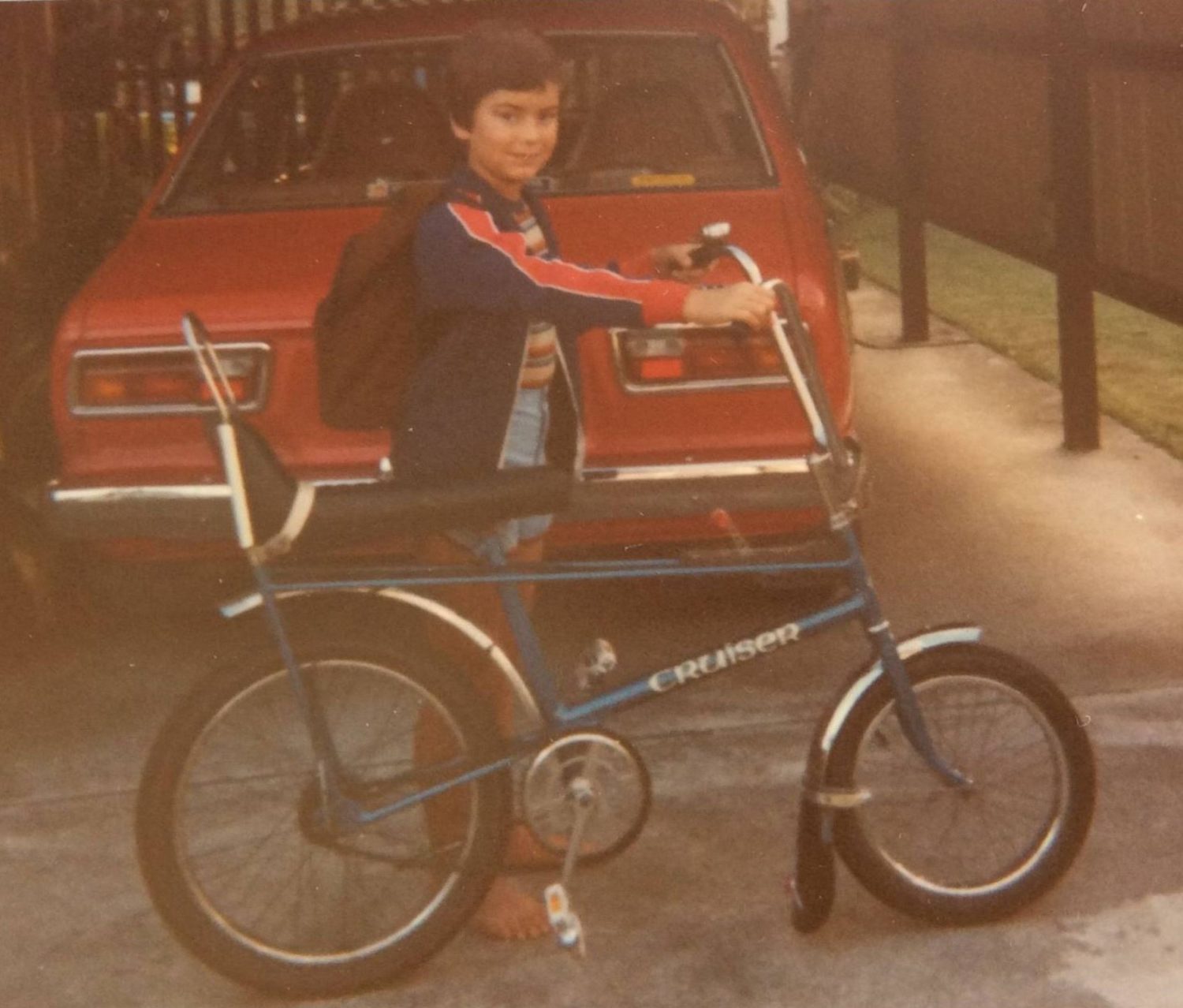Ryan McElroy from our new friends at UK website Car Keys asks BTCC legends Matt Neal and Gordon Shedden just what it takes to become a racing driver.
If you, like I am, are in any way inclined towards cars, there have probably been quite a few times where you’ve found yourself imagining what it would be like to have a career as a racing driver.
For Honda Yuasa Racing drivers Matt Neal and ‘Flash’ Gordon Shedden, both of whom currently top the 2016 British Touring Car Championship’s standings, that dream is a reality.
But what if you’ve got a genuine interest in becoming a racing driver, but you’re not sure where or how to start? I sat down with three-time champion Matt and two-time champion Gordon, to get an expert opinion on how to succeed at being a racing driver.
1. Try your hand at a track day
The first thing that any wannabe racing driver should do, Matt and Flash say, is to actually get out there and try it for real by getting involved in a track day event.
“Obviously driving on the road’s very different to driving on the track,” Gordon says, “All the circuits around the UK do track days, and they’re the place to start.”
Not only will it give you a feel for what it’s like driving at speed, it also provides a place where you can test your own limits in a safe environment without too much risk to either yourself or other drivers.
“A track day is the prime one,” Matt adds, noting that you don’t even have to have your own car to try out a track experience, as most good tracks will have rental services available so you can give it a shot.
If you’d like to know more about how to book your first session on a real circuit and how to get the most out of it, why not read our beginners’ guide to your first track day.
2. Get your racing licence
Once you’ve gotten a feel for things and you’ve decided that you want to pursue your racing driver career, then the next step is to get proper tuition and to get your racing licence.
“You’ll get the bug for it and then you’ve got to build those stepping stones,” Gordon says, “do your race licence, start from the bottom and then work your way up.”
The Association of Racing Driver Schools (ARDS) is the official body in the UK which coaches amateur drivers to become fully certified competitors. The National B Competition Licence is the entry point for all newcomers, whether you’re a seasoned track day pro or if your only racing experience is on Forza.
In order to get the most from your time, you should look up online to find your nearest ARDS-approved instructor, whether you want to race on the track or on a rally stage. With proper tuition, you can then apply for your National B licence, allowing you to enter a wide range of British series, from drag racing to rallycross and circuit events.
[Of course, in New Zealand it is Motorsport New Zealand (MSNZ) that is the governing body that carries out all motorsport licencing in New Zealand. As long as you are a financial member of an MSNZ member club you can apply for an M Grade licence that is valid for all ClubSport Basic and Advanced events. Click this link to read more about MSNZ racing licences.]
3. Pick a series which best suits you
Needless to say, not everybody can race in the BTCC or in Formula One, and in truth not everybody would want to either. The key to being successful at racing, Matt says, is to pick a series which best suits you, whether you prefer karting, banger racing or classic cars.
“We’ll all have different styles of driving, he says, just like we’ve all got different styles of handwriting or people have different golf swings. Do a bit of club racing, or hill climbing even and see if you get it.”
Given that there are around 380 different racing championships in Britain alone, it shouldn’t be too hard to narrow it down to a few that you think you’ll really like. A lot of it will also boil down to your budget and your lifestyle as well, with some perhaps preferring to race more affordable cars or at weekends.
Then, once you’ve found your niche and you stick to it, you’ve got a much better overall chance of success as a driver.
4. Keep yourself fit
It’s something that many racing fans might often overlook, but having amazing car control and a large set of gonads isn’t everything. In fact, one of the most critical parts of what makes a driver successful behind the wheel is how physically and mentally fit they are.
Formula One drivers in particular rank among the most highly conditioned athletes on earth, with specifically tailored fitness regimes to adapt their bodies and minds to the requirements of top-level motor racing.
Even if you don’t have aspirations of being the next Senna, motor racing puts a lot of physical stress on the body via G-forces, and as a result keeping yourself in good shape is paramount to being able to set consistent lap times.
Don’t think that it’s all about treadmills and barbells, though. “It’s all about up here,” Matt says as he points to his head. “If you take physical fitness as a given, it’s a mental game.”
He adds: “Your brain programs your hands and your legs, which control the car, so it’s all about who’s got the right programming. And also who’s brave enough…”
5. Don’t quit your day job, at least not yet
Now time for the bad news. Motor racing, even in its simplest and most basic forms, will cost you a lot of money, so both Gordon and Matt agree that if you’re serious, you need to have some sort of disposable income.
“Motor racing is like a lot of sport, it’s about funding and the higher a level you get to the more money you’ve got to have the understanding of that,” Matt says. “You’ve got to work away from the circuit in order to work on the circuit, and that’s just part and package of it.”
As a result, the Honda drivers recommend that even if you’re serious about making racing your main thing and you have the ability, don’t quit that day job until you know you can make it, or maybe even after.
Unless you’re fast enough that you see yourself signed on to a large team or a factory team which foots all the bills for your cars and gear, the chances are you’ll have to pay your own way through your burgeoning racing career.
Don’t be discouraged, though, as there’s no shame in racing on a moonlight-only basis. Just look at Guy Martin, who has raced in the Isle of Man TT on his motorcycle since 1998 and holds a total of four world records, yet who still repairs lorries as his main gig.
This article first appeared on www.carkeys.co.uk and is used with their permission – check them out; they are awesome!








You must be logged in to post a comment.